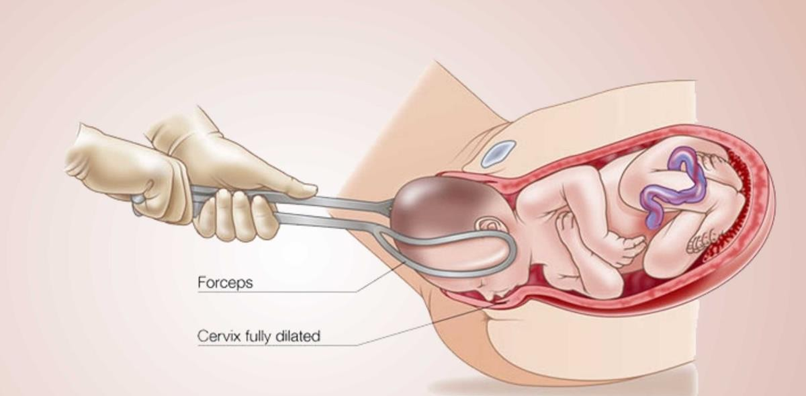A nurse is administering a hepatitis B vaccine to a newborn. Which of the following actions should the nurse take?
Use a 21-gauge needle for the injection.
Insert the needle at a 45° angle for injection.
Administer the injection into the vastus lateralis muscle.
Vigorously massage the site following the injection.
The Correct Answer is C
Rationale:
A. Using a 21-gauge needle may be too large for a newborn, increasing the risk of discomfort and tissue damage.
B. Inserting the needle at a 45° angle may not be appropriate for intramuscular injections in newborns. The preferred angle is typically 90°.
C. Administering the injection into the vastus lateralis muscle is the recommended site for hepatitis B vaccination in newborns. This site is located on the anterior lateral aspect of the thigh and provides good muscle mass for injection.
D. Vigorously massaging the site following the injection is not recommended as it may increase discomfort and tissue trauma. Instead, gentle pressure can be applied to the site to help reduce discomfort.
Nursing Test Bank
Naxlex Comprehensive Predictor Exams
Related Questions
Correct Answer is D
Explanation
Rationale:
A. Thick, white vaginal discharge is not characteristic of trichomoniasis. Trichomoniasis typically presents with a frothy, yellow-green, or grayish vaginal discharge.
B. Vulva lesions are not commonly associated with trichomoniasis. The primary symptom is vaginal discharge.
C. While urinary frequency can occur in some cases of trichomoniasis due to irritation of the urinary tract, it is not as specific a finding as the characteristic malodorous discharge.
D. Malodorous discharge is a hallmark symptom of trichomoniasis. The discharge is often described as having a foul or fishy odor and may be accompanied by itching and irritation of the genital area.
Correct Answer is B
Explanation
Rationale:
A. Polycythemia: Polycythemia, an elevated red blood cell count, is not typically associated with forceps-assisted birth.
B. Facial palsy:
Correct answer. Facial palsy, or weakness or paralysis of facial muscles, can occur as a complication of forceps-assisted birth due to pressure or trauma to the facial nerve during delivery.

C. Bronchopulmonary dysplasia: Bronchopulmonary dysplasia is a lung condition primarily affecting premature infants and is not directly related to the method of delivery.
D. Hypoglycemia: Hypoglycemia, low blood sugar levels, can occur in newborns for various reasons but is not specifically associated with forceps-assisted birth unless there are other complicating factors.
Whether you are a student looking to ace your exams or a practicing nurse seeking to enhance your expertise , our nursing education contents will empower you with the confidence and competence to make a difference in the lives of patients and become a respected leader in the healthcare field.
Visit Naxlex, invest in your future and unlock endless possibilities with our unparalleled nursing education contents today
Report Wrong Answer on the Current Question
Do you disagree with the answer? If yes, what is your expected answer? Explain.
Kindly be descriptive with the issue you are facing.
